I remember how it felt to zone out for hours while painting when I was seven. I didn’t have all the tools, skills, or supplies I have now, but I could still enter a different mindspace for hours on end, painting patterns in watercolor, recognizing the tactile sensations on my skin, thinking about things I couldn’t actually say. When I would finally get up, my legs were sore from not moving for so long. I stopped painting at age 7 and only picked up a brush again when I was 22, at what would be the start of a cold and isolated season in my life.
Most people who purchase any of my works from The Reminder Series, recognize the bright colors and serene imagery, immediately connecting them with messages of hope – the most evident interpretation of my pieces. But what they may not know, is that hope holds hands with darkness. The process of painting hasn’t only served a creative hopeful purpose for me; it has brought me many spiritual gifts and life lessons.
Here are 11 professional, personal and spiritual lessons gained from my painting journey:
1. Just start somewhere. You are allowed to start, pause, erase, rewrite or re-visit
Sometimes in life we don’t try new things, follow our passions, start new projects, tell people we love what we feel about them, or take the risks we want to take because we simply don’t know how to start. When I am painting and something does not work out, I am allowed to paint over it, or leave it a few days and come back with a new perspective to start again.
If we make mistakes in life, we can rewrite our story at any time. If we are stuck or unsure, We can pause, we can start over. If you find that you never start a project, because you want to make something perfect, or have particular expectations of what it should look like, you likely won’t start anytime soon. The reality is, it doesn’t need to be perfect in order for you to start it.
When I’m teaching an art workshop, or handing out the blank canvases, I am always reminded of that initial fear I used to have of a blank canvas staring at me, due to the look on my participant’s faces. It’s scary to not know where to start. How do I turn this blank canvas into a stunning piece of art? I can’t possibly paint! It can be daunting and make you want to give up before you even begin. I’ve learned that the end result is not everything. I have to just start anywhere, grab a piece of paper and make a list of the first few tasks, send that email, just put brush to canvas and start moving.
2. Its ok to be vulnerable
Painting taught me that being vulnerable is ok. I can think of, only one person in the world – in the world – who I think knows me at least a quarter decently. As an introvert who has always felt like someone looking in from the outside, I can get lost in the whirlwinds of my vivid and highly sensitive internal world. Being a very private person who feels deeply about most things, I sometimes think I am broken, because i am not sure how to possibly share those thoughts and feelings with anything outside of me. It can be overwhelming to feel so disconnected from everyone. Even though I have realized this is just who I am, and it’s ok, nonetheless, in life’s cold seasons that show no sign of hope soon, emotions can take hold that become so heavy, too heavy in fact, for you to possibly carry on your own – and much to my dismay, talking to others becomes a necessity. Vulnerability becomes a necessity. Learning how to be vulnerable has been, (is) easily the most challenging thing I have had to learn how to do. How did I do this? By Honoring my feelings:
3. Honour your feelings
In many of my earlier paintings in The Reminder Series, I masked my pain with bright colors and detailed serene landscapes, because I thought that’s what I was supposed to do as a good muslim; have a lot of hope. But in doing that, I denied myself my natural response to pain, and didn’t allow myself to feel my emotions. Eventually they exploded. Not once, and not just emotionally, but physically as well, over and over and over, and.. over again, until the only way to stop them, was to stop harming myself with false conceptions of piety and faith, and allow myself to simply be human. And being human, means feeling – as well as expressing those feelings. I realized the only way to get better was to express myself.
4. Open the doors, not to ‘let people in’, but to let yourself out. To free yourself
I started painting what I actually felt. Because I needed a safe space to be me, to accept me as I am. The art I created was drastically different from before. However it was the scariest thing to know that someone might be able to look at it, and really understand it. Which brings me to my next point. I learned that being vulnerable was more important to me than caring what people think.
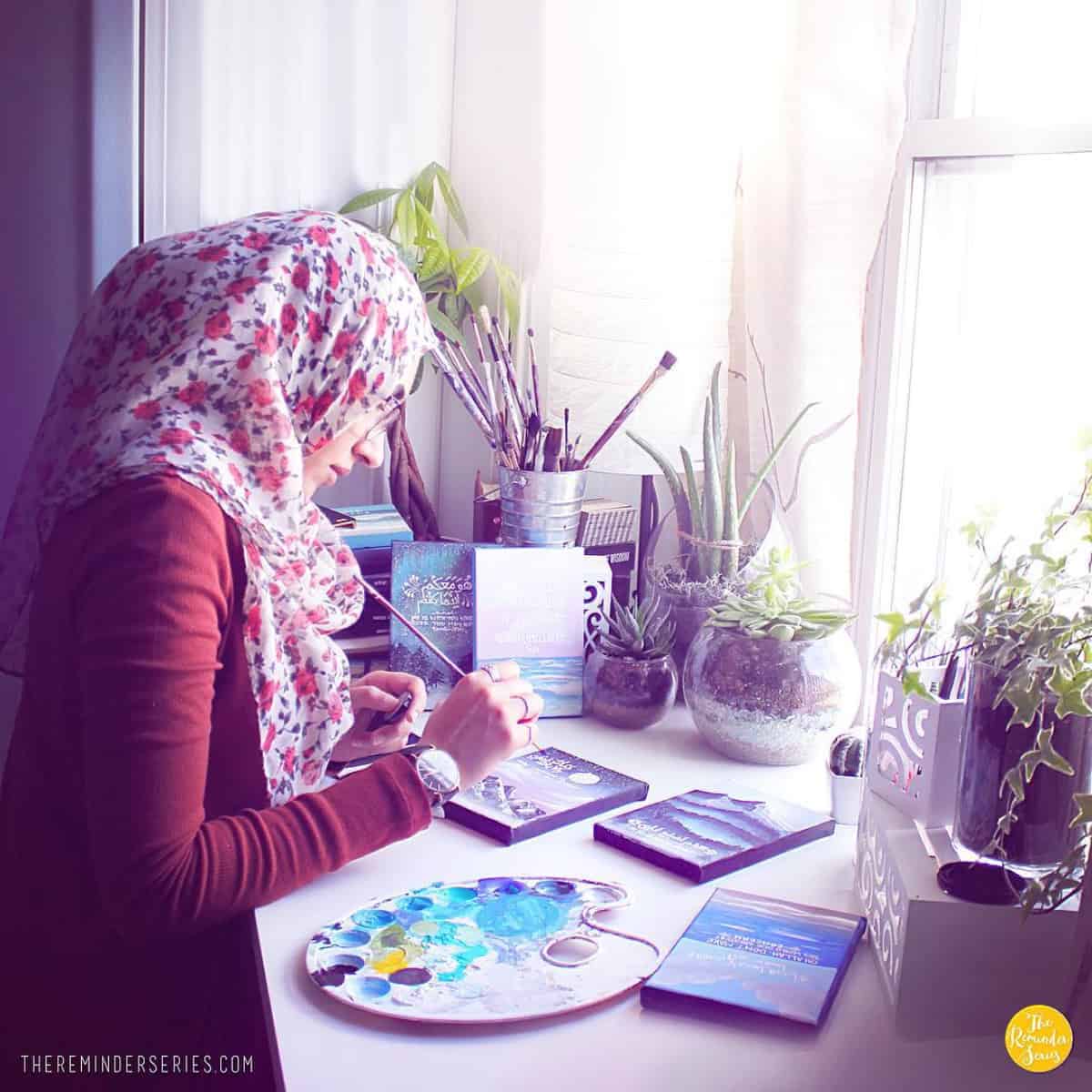
5. Trust yourself and stop caring what people think
I know, it’s easier said than done. When you are being genuine and living your truth, or being vulnerable and making art, do it because you need to, or want to. Making art is all about being vulnerable and being yourself. Anytime you do that, you open yourself up to the possibility of rejection, criticism and hurt. Put your truth out in the world because you need it, and by extinction, the world needs it. And remember that the people who judge you, have a lot to learn about the world – the unkind things they may say about you is more a reflection of who they are, and not about you. If you are a feeler like me, and it still hurts you, allow yourself to honor the hurt and then make a heart centered decision to walk away that pain because it is not your burden to carry- it’s theirs. Just because they have fire in them doesn’t mean you have to allow it to burn your insides.
Everyone has an opinion and ultimately it doesn’t matter what they think. Be yourself, those who need to benefit will benefit. If no one benefits, but you are living your truth, then your truth is enough. There are too many opinions in the world to worry about appeasing. Be yourself. Trust yourself. Live your truth. Your priority should be you, your health, your passion, you productivity, etc. If God is OK with what you are doing, don’t stop.
6.Forgive yourself, because you don’t have all the answers
When I go back and look at a piece that I’ve made in the past that i previously thought I’d done well, i cringe sometimes. It takes some time but I have had to learn to be kind to myself, realize everything I could have improved, and incorporate it in the next piece i complete. I didn’t know the technique at the time, so I cannot be upset at myself for not creating something perfect. Similarly in life, we do what our best is according to what we know, and when life experiences teach us, we know better and we do better. It’s important to forgive ourselves and realize that we are always learning. No one has all the answers.

7. Islam is not black and white, you do not owe anyone an explanation of your spirituality
As I am allowing myself to be more human, I am experiencing new things, which are being reflected in my art. I do not owe anyone an explanation of any piece of art, but my hope is my viewer can take anything they need out of it. Similarly, initially it was very difficult for my heart to spiritually reconcile terrible things I was previously taught, which was black-and-white in Islam, with my new lived and experienced reality – no one seemed to have any answers about the questions I had about Islam, and it took me along while to realize that I had to answer so many of them myself. That was (is) an arduous journey to say the least. Islam is not black and white. Many of those things in fact hurt me and my spirituality, as I realized there is a growing problem with the way Islam is being taught and the primarily male lens through which it has been taught historically. You don’t owe anyone an explanation for your spirituality, or spiritual choices. Your religion is private and personal.
8. My self worth is not defined by my productivity
I can sometimes be unkind to myself. This point could easily be the first and last one I make. We want to make sure we are productive, that we are living a meaningful existence, but being careful not to draw our self worth from what we create or how much we can create, is a vital lesson I have learned. There will be times when you create and there will be times when you can’t for a myriad of reasons. You are not your productivity. If you find yourself working yourself to the bone, crashing, or being antsy, anxious, or otherwise unable to relax unless you are producing something, you may want to take a break and ask yourself important questions. Your self-worth is not defined by your productivity.
9. Set boundaries and respect yourself
Its funny how people can use Islam to bully you. When I started selling my work, there was a lot of guilting in the Muslim community. Many people tried to ask for discounts, convince me my work wasn’t worth as much as it costs but at the same time use Islam to encourage me to give it to them for free, fee-sa-beelillah (for the sake of God). There were a lot of people who stole my work and reproduced it for sale, “fee-sa-beelillah”. It took a long time to sift out the negative talk and negative people, to set boundaries of what kind of behavior I will accept, and say no to people who I did not want to work with. It took time to be assertive in my speech and my standards. It took time to recognize my worth and demand respect in how I was treated. Many of these lessons spilled over into my relationships, both personal and professional.
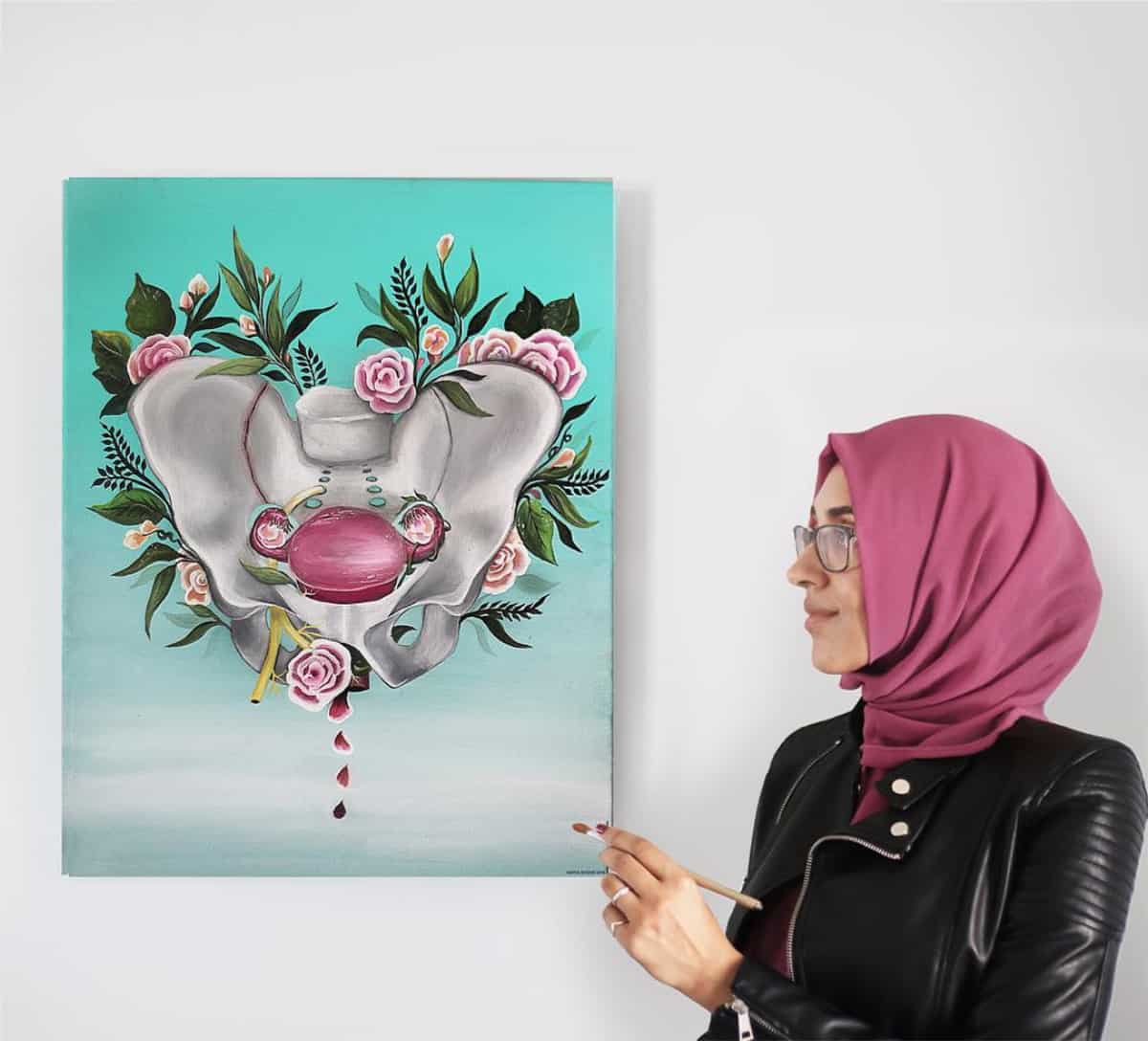
10. Layers, layers layers. Have patience to see things through
Life is hard, and beautiful, and complex and there are no easy answers to the hard questions. Sometimes it takes a hundred tries, and all you want to do is give up, but you try again and it still seems like you can’t figure it out. Mental health, school, trauma, family troubles, love, marriage, children, business, and most of all faith can thin your hope and patience – have the patience to see things through. You will come out the other side. You are worth trying for. Just like I mentioned in point 6, sometimes I start a painting and I just know going in, that it will take layer after layer after layer of the right placement and colors and my best effort, before it is anywhere near done. Sometimes I need to cover up what I painted before to correct it. Sometimes I change my mind and decide on a better route of action. It all comes down to playing the long game and having patience with myself when I fall.
11. It doesn’t have to look amazing, it just has to mean something to you
Probably one of the biggest misconceptions people who don’t paint have, is that they think painting is easy once you ‘know how to do it’. You pick up a brush, and learn some skills, and you’re well on your way to creating things. What they don’t know is that it will always be hard, and you will always be learning and fighting to create authentic art. I paint for a number of reasons. I make space for my heart to feel what it needs to feel when I cannot find that with people. I no longer judge who I am or what I create, because what I create is an authentic representation of me in whatever stage I am in life. So I am kind to myself when it doesn’t look as expected, according to mine, or anyone else’s standards. It doesn’t have to look amazing, it just has to mean something to me. If anyone finds a message in it that they can take, I am happy I was able to give them a sense of connection in a world where we all feel a bit disconnected.
Hafsa Khizer is a Toronto based Artist, Graphic Designer, Photographer and Writer. She is also the Creator of The Reminder Series where her works can be purchased. She can also be found on Instagram @hafsakhizer_art

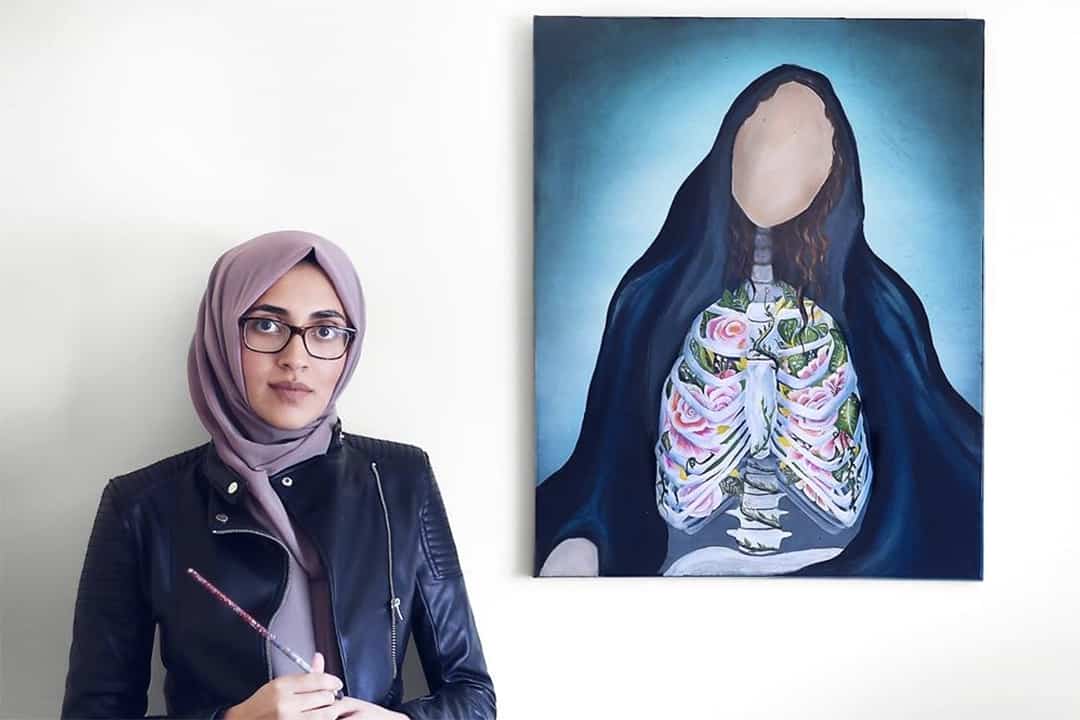
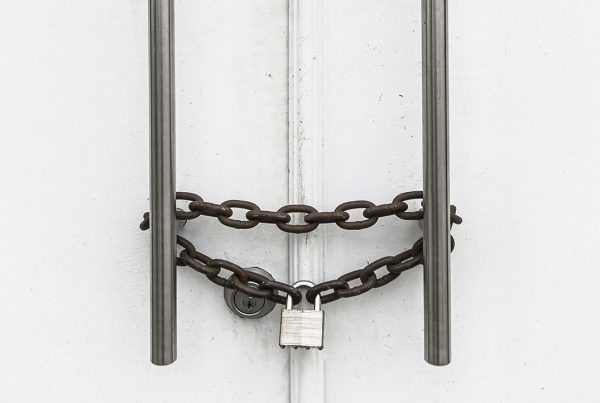
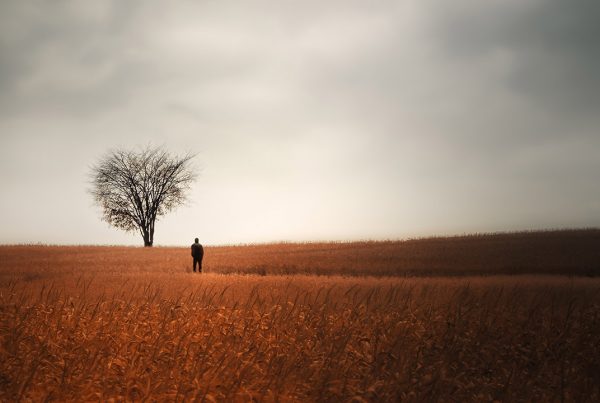
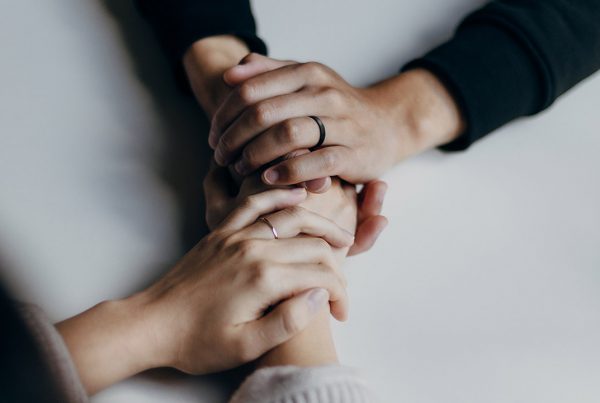
I loved this article so so much …. what a beautiful raw piece… well done sis xxxx amazing journey so far!
I am carried away by your inspirational words.